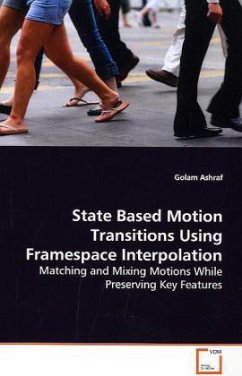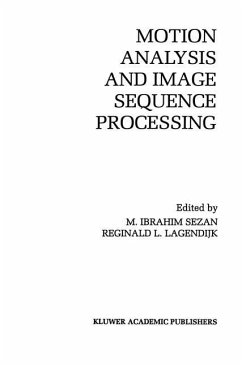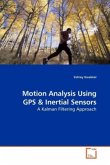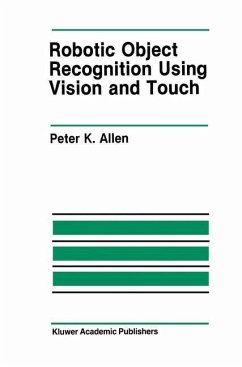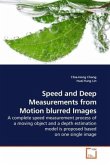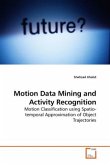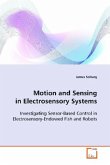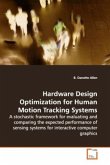Most motion editing techniques require significant
computation resources or considerable manual
annotation. This thesis proposes analytical
classification and correspondence techniques to
support consistent interpolation between pairs or
quadruples of motion clips. The main contributions
are: a) Motion clips are labeled with locomotion and
generic kinematic joint level events; b) These event
labels are gathered into
states during inter-motion correspondence; c) An
efficient globally optimal correspondence between
states is performed, preserving state sequences; d)
Weights gathered from a spline function drive a
frequency and spatial domain motion transition,
preserving locomotion contact constraints. The thesis
extensively examines the application of the framework
to a wide variety of motions, unlike peer methods. It
proves the limitations of widely cited low-level
signal-correspondence techniques in addressing
transitions between different types of motions; e.g.
running and dancing. Useful additions include
unlimited motion chains and decoupled
upperbody-lowerbody interpolations. Key results and
comparisons have been posted at
http://www.comp.nus.edu.sg/~ashraf/framespace
computation resources or considerable manual
annotation. This thesis proposes analytical
classification and correspondence techniques to
support consistent interpolation between pairs or
quadruples of motion clips. The main contributions
are: a) Motion clips are labeled with locomotion and
generic kinematic joint level events; b) These event
labels are gathered into
states during inter-motion correspondence; c) An
efficient globally optimal correspondence between
states is performed, preserving state sequences; d)
Weights gathered from a spline function drive a
frequency and spatial domain motion transition,
preserving locomotion contact constraints. The thesis
extensively examines the application of the framework
to a wide variety of motions, unlike peer methods. It
proves the limitations of widely cited low-level
signal-correspondence techniques in addressing
transitions between different types of motions; e.g.
running and dancing. Useful additions include
unlimited motion chains and decoupled
upperbody-lowerbody interpolations. Key results and
comparisons have been posted at
http://www.comp.nus.edu.sg/~ashraf/framespace

